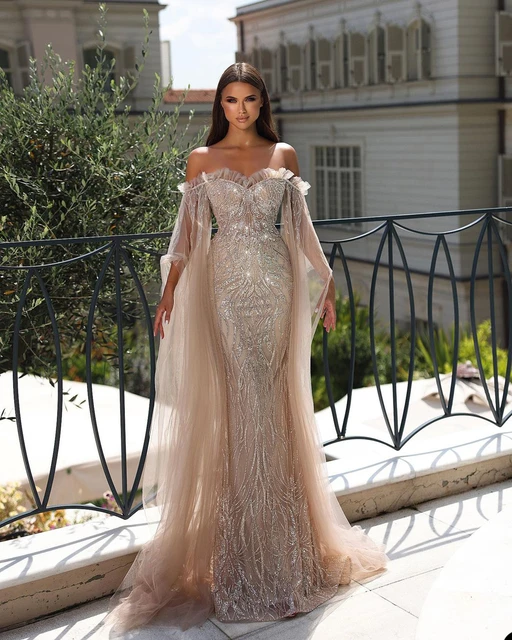
Introduction:
When selecting a dress for a religious event, it’s crucial to honor the cultural and spiritual norms that often promote modesty. Modesty in fashion generally refers to clothing that covers more skin, avoids revealing cuts or sheer fabrics, and may include specific head coverings or undergarments. Here are some essential factors to consider when choosing a modest special occasion dress for a religious setting.
Understanding the Dress Code:
Research:
Every religion has its own guidelines regarding attire. For instance, Islamic traditions call for hijab or covering most of the body except the face and hands, while conservative Jewish or Christian practices might encourage modest necklines, long sleeves, and knee-length or longer skirts.
Ask Questions:
If you’re unsure about the expectations, ask someone familiar with the faith or the event organizers for guidance.
Length:
Floor-Length or Ankle-Length:
In many religious settings, maxi dresses that reach the floor or at least the ankles are preferred. This ensures full coverage and aligns with the principles of modesty.
Sleeves and Neckline:
Long Sleeves:
Choose dresses with long sleeves or those that can be paired with matching boleros, jackets, or cardigans. Short sleeves should extend past the elbow.
High Necklines: Opt for high necklines like boat necks, jewel necks, mock necks, or even collars. Avoid low-cut or plunging necklines.
Coverage and Transparency:
Opaque Fabrics:
Select non-sheer materials that fully cover the body. If the dress has a sheer overlay, ensure there’s a lining underneath that provides adequate coverage.
Back Coverage:
The back should also be covered, so avoid open-back or cut-out designs.
Dress Style:
Modest Silhouettes:
A-line, empire waist, or princess-seamed dresses create elegant, modest silhouettes. They flatter various body types without being form-fitting.
Layered Dresses:
Layered dresses or skirts can add dimension and interest while maintaining modesty.
Accessories and Undergarments:
Head Coverings:
Some religions require women to wear headscarves or hats; respect these customs by wearing appropriate accessories.
Undergarments:
Ensure that your undergarments do not show through the fabric and are themselves modest.
Color and Pattern:
Appropriate Colors:
While colors aren’t always regulated, consider the symbolism associated with certain hues within the faith. Black may denote mourning in some cultures, while bright colors could be festive in others.
Conservative Patterns:
Simple prints or solid colors are usually safer choices than bold or revealing patterns.
Comfort and Movement:
Loose Fitting:
Comfortable, loose-fitting dresses allow ease of movement during worship services or other activities.
Lightweight Fabrics:
Opt for breathable, lightweight fabrics especially if the event will take place in warm climates or during summer months.
Personal Expression:
Incorporate Culture:
If you’re attending a cultural or religious event, consider incorporating traditional elements into your outfit as a sign of respect and appreciation.
Subtle Embellishments: Modest does not mean boring. You can still express your personal style with tasteful embroidery, lace, or embellishments that adhere to the modesty standards.
Remember, dressing modestly for a religious occasion is a way to show respect and reverence for the beliefs and values of the community you’re engaging with. It’s important to balance adherence to dress codes with comfort and personal expression, ensuring that you feel confident and dignified throughout the event.